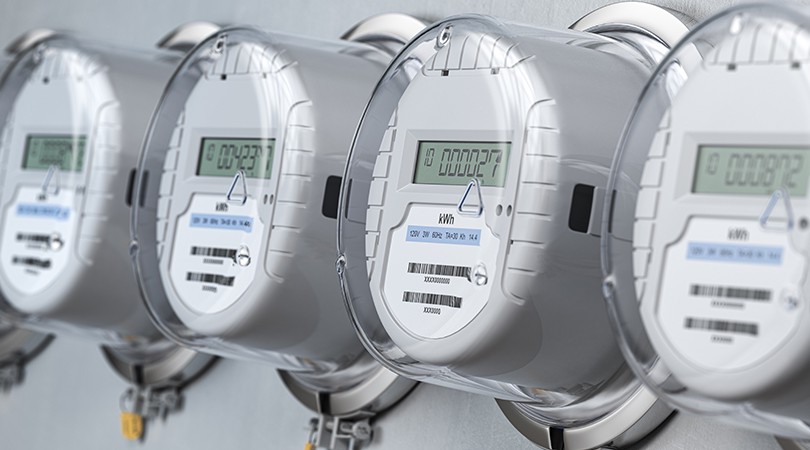Welcome About
T IoT Hub cuts through the complexity of deploying IoT solutions and unleashes the potential of your data the easiest way possible.
It solves a critical challenge: making systems from diverse providers communicate with one another. It works as a connector and translator for numerous partners, network operators, and platform providers to bring your systems together into a cohesive whole.
T IoT Hub also offers application programming interfaces (APIs) to orchestrate a wide range of IoT connectivity and device management platforms for mobile and site-based devices.
Documentation
Here, you will find all the information you need to understand and start using the T IoT Hub services effectively. The documentation provides detailed step-by-step guidelines, along with code samples, troubleshooting explanations, and best practices to ensure a smooth deployment of your IoT solutions.
Examples of uses
Deutsche Telekom’s T IoT Hub offers solution to a range of use cases across various industries. Here are some examples:

Automotive Connectivity
Connecting vehicles deployed internationally can require automotive OEMs to work with local network operators for regulatory reasons, depending on the country. Since permanent roaming is not permitted in every country, local network providers must be integrated into the solution.

Smart Metering
Utility providers which roll out smart meters at scale need a fully automated workflow to activate a large set of SIMs at the time of delivery and to monitor their status. They also need to constantly keep track of data consumption and performance, even across multiple subsidiaries. This is made possible by the T IoT Hub.

Critical infrastructures
Critical infrastructure, such as wind farms, requires uninterrupted connectivity to the mobile network. This is the only way to detect irregularities promptly. Operators, therefore, need real-time visibility into whether SIM cards are online or offline – regardless of the provider.